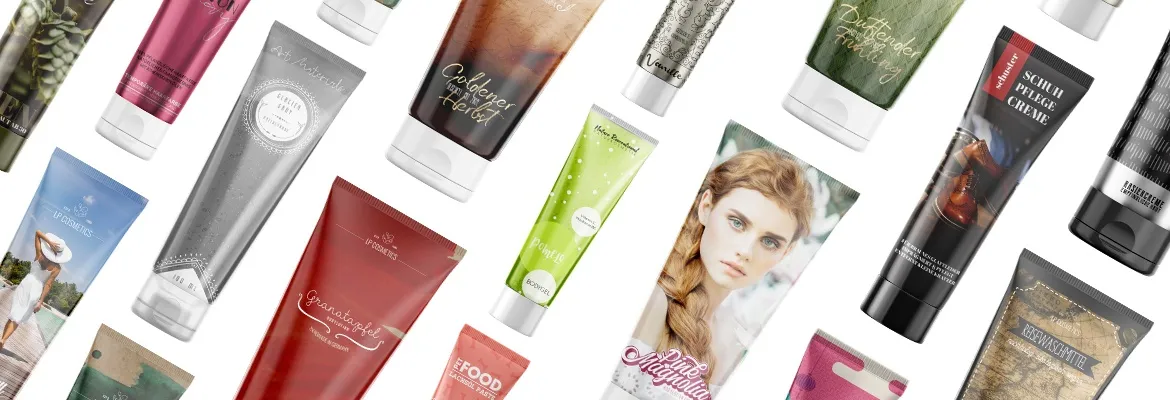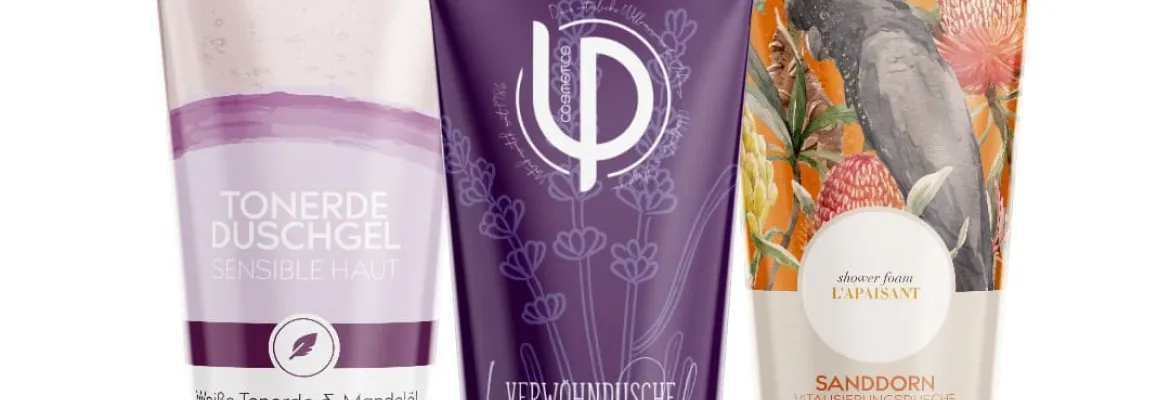
Packaging materials in focus: Corrugated cardboard
Corrugated board has served as packaging material for more than 150 years.
The glued corrugations give the paper product its robustness.
Depending on the application, specific types of shafts are used.
Within Europe, Germany produces the largest quantities of corrugated board.
Half of the corrugated board produced is purchased by the food industry,
the chemical industry and agriculture.
Corrugated board or cardboard is an especially environmentally friendly
packaging material and is completely recyclable.
Fluted paper: the beginning of a revolution
The first patent for fluted paper was granted in 1856. It was applied for by the two Britons Edward Charles Healey and Edward Ellis Allen. However, they had no intention of initiating a revolution in packaging technology. Instead, their aim was to develop sweatbands for hats.
However, the potential of the material did not go unnoticed for long. Just 15 years later, New Yorker Alber L. Jones patented corrugated paper as a packaging material for the first time and used it to wrap fragile goods such as glass bottles.
His compatriot Oliver Long finally came up with the idea of gluing the paper corrugations to a flat paper web in order to further increase the stability of the material – thus corrugated board was invented. However, the first corrugated board glued on both sides was not produced until 1882. The patent for this was secured by Robert H. Thompson.
.jpg)
At the same time, he developed the first mechanical production plant for corrugated board and quickly spread it on both sides of the "big pond". 1883, the first European production facility opened, located in London. Four years later, the first plant was also commissioned in Germany, in Jülich-Kirchberg in North Rhine-Westphalia to be precise, and corrugated board was thus produced on an industrial scale.
Why is corrugated board so strong?
The simplest form of corrugated board consists of a fluted paper web which is glued on one side with a non-fluted cover web. However, the majority of corrugated board produced globally is provided with liner webs on both sides, i.e. one inner and one outer liner – this form is significantly more stable.
The remarkable robustness here is due to the fixed arch-shaped waves. Similarly, in architecture, for example in the context of bridge construction, the principle of the round arch has been used for thousands of years: The pressure acting on the material from above is absorbed by the arches and evenly distributed.
How robust a corrugated board ultimately is also depends on the number of flute layers glued together - the more flutes, the more robust the end product. Usually, different flute formats are combined in the multi-corrugated products, for example, a coarse flute with a fine flute.
The ABC of Wave Types: From A to K
Today, there are numerous standardized wave types. The decisive criterion is the waveform. This results from the height and pitch of the waves: The wave height (h) denotes the vertical difference in height between the crests of the waves; the wave division (t), on the other hand, depends on the horizontal distances between the individual wave troughs.
Flute types according to the specifications of the Association of the Corrugated Board Industry:
Wave Type Wave height (h) in millimetresWave depth (t) in millimetres
G wave (mini-wave) < 0,6 ≤ 1,8
K wave (Maxi wave) ≥ 5,0 > 10,0
Which wave or combination of waves should ideally be used for a carton package depends entirely on the intended use of the end product and the particular requirements of the goods it contains. Examples:
The B-Wave is particularly suitable as a fine wave for packaging of rather insensitive shipping goods.
E-Wave, on the other hand, is often used for sales packaging such as counter displays, as it offers excellent printability.
- Due to their particularly pronounced protective function, multiwall corrugated board is used, for example, for packaging heavier and/or sensitive goods and for longer transport routes.
A look inside the corrugator: This is how corrugated board is made
In the corrugator, the paper is first heated and moistened so that it can be formed into the desired wave shape in the first place. The paper then passes through the corrugating rolls under high pressure, which creates the characteristic corrugations.
.jpg)
The apexes at the tips of the flutes are wetted with adhesive and glued to the liner by a press roll. Finally, the corrugated board is cut to the desired length in the corrugator before the material makes its way to further processing and is formed into folding cartons, shipping boxes nd more.
Germany is European champion – in corrugated board production
Germany is Europe's top corrugated board producing country. A proud 5,719 tons were produced nationwide in 2019. A quantity sufficient to cover 10,441 square kilometres with cardboard – the equivalent of about half of Hesse or four times the size of Saarland.
Corrugated board is therefore used in diverse industries, but also for diverse purposes. Even some pieces of furniture are produced from corrugated board today. However, the majority of the production volume is still processed into packaging goods. The largest customers for corrugated board products are the following industries:
In the area of transport packaging, corrugated board even represents the most used material dar – with a share of 65.1 per cent, followed by films (10.3 per cent), solid board (9.4 per cent), wood (9.2 per cent) and plastic (6 per cent).
Corrugated board: sustainable packaging material
Corrugated board offers many advantages. These include its good ecological balance. Among other things, this is due to the fact that paper is a renewable raw material. Wood grows back and converts harmful CO₂ into oxygen during its lifetime as a tree. Whether the environment is polluted thus largely depends on whether the wood used to make paper is produced in sustainable forestry.
Likewise, corrugated board has excellent properties for recycling. This is because corrugated board can be excellently recycled almost completely after the adhesives, impregnations and other chemicals have been removed. A share of 81.3 per cent of the annual production volume consists of recycled paper.
Cardboard fibres can theoretically be recycled up to 25 times. However, the fibres shorten with each pass. For this reason, fresh fibres are always added during corrugated board and cardboard production to prevent a loss of quality in the end material.
In addition to waste paper, fresh wood fibres are still needed for production, but this also benefits nature in many places. This is because the wood that goes into the shredder for this purpose is collected when forests are thinned and would have to be disposed of any way for forestry reasons.
.jpg)
Moreover, energy consumption in corrugated board production is significantly lower than in the recycling of glass. At the same time, however, less chemical waste is produced than in the recycling of plastics.
These articles might also interest you:
.jpeg)
The printing industry under pressure - opportunities and risks of the Corona crisis
Since January 2020, COVID-19 has determined events in all areas of life worldwide. The rapid spread of the virus across the globe prompted the World Health Organisation (WHO) to classify the situation as a pandemic as early as March 2020.

Laminate tubes from Labelprint24 - new in our portfolio
The circle is closing: With laminate tubes from our own production, we can now offer our customers an even wider range of digitally printed packaging materials. With the commissioning of a production line for the manufacture of laminate tubes from PBL and ABL laminate in Zeithain, we are entering a new product field.

The plastic tube - production and properties
Tubes are made of different materials. Each material has specific properties, advantages and disadvantages. In order to decide on the optimal tube material, the subsequent intended use and the properties of the respective filling material are the decisive factors.




